Home>Garden Essentials>Where Does The Plant Get Its Food Once The Seed Has Germinated?
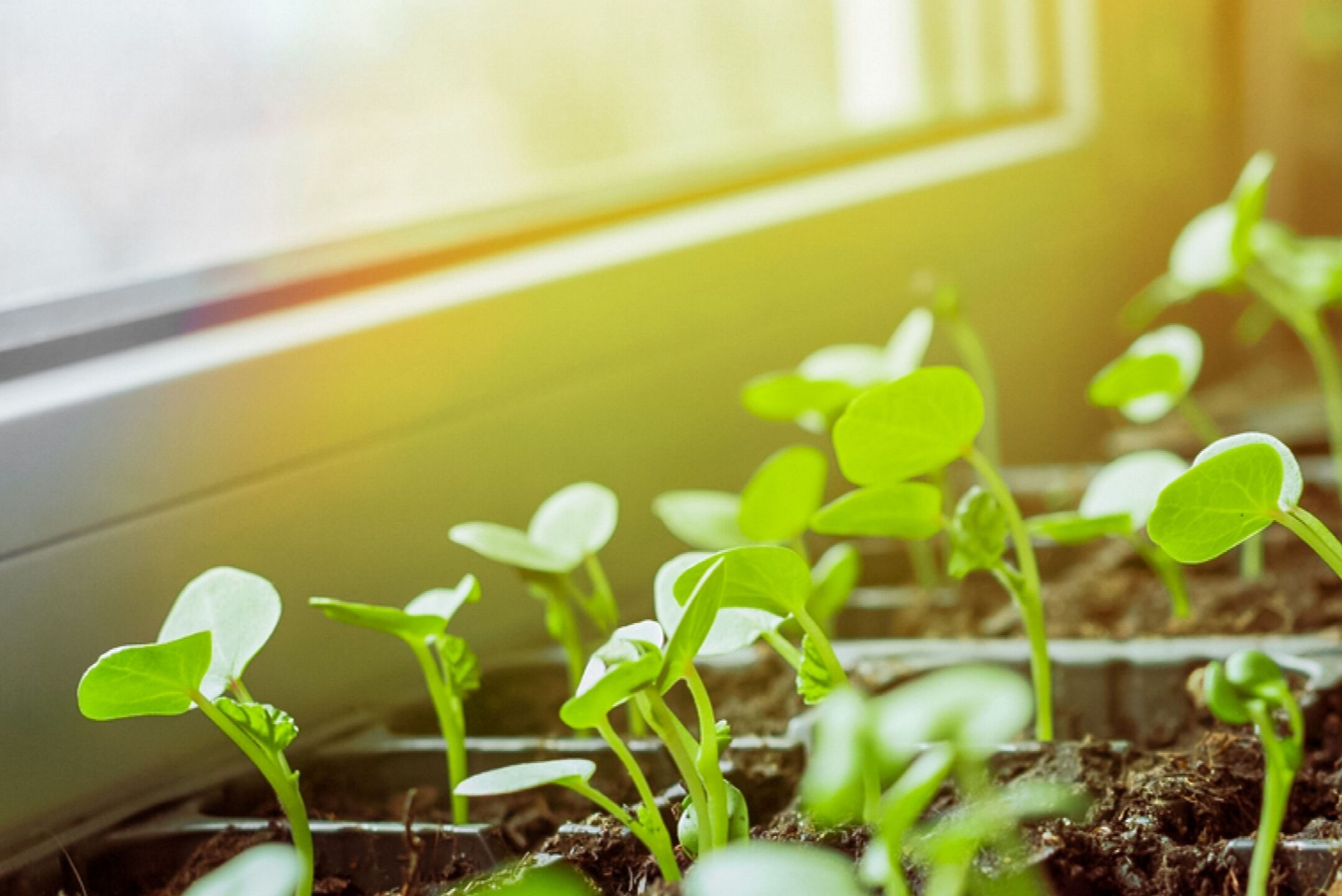

Garden Essentials
Where Does The Plant Get Its Food Once The Seed Has Germinated?
Modified: March 16, 2024
Discover the fascinating process of how a garden plant obtains its nutrition after germination. Explore the vital sources of food that sustain its growth and development.
(Many of the links in this article redirect to a specific reviewed product. Your purchase of these products through affiliate links helps to generate commission for Storables.com, at no extra cost. Learn more)
Introduction
Germination is one of the most crucial stages in the life cycle of a plant. It is the process by which a seed transforms into a young plant and begins its journey towards maturity. During germination, a dormant seed awakens and starts to sprout, requiring essential nutrients for growth and development.
Once a seed has germinated, it needs a continuous supply of food to sustain itself until it can produce its own nutrients through photosynthesis. So, where does the plant get its food once the seed has germinated?
In this article, we will explore the various ways in which a young plant obtains its nourishment and thrives after germination.
Key Takeaways:
- After germination, a young plant initially uses stored nutrients in the seed to grow. Then, it absorbs water and essential nutrients through its roots to continue development.
- Once a seed has sprouted, a young plant relies on its roots to absorb water and nutrients from the soil, and its leaves to perform photosynthesis and produce food for growth.
Read more: What Fruit Has Its Seeds On The Outside
Stages of Germination
Germination can be divided into several distinct stages, each with its own specific requirements.
- Seed Activation: The germination process begins when a seed comes into contact with favorable environmental conditions such as moisture, oxygen, and suitable temperatures. These conditions trigger the activation of enzymes and the breakdown of stored food reserves within the seed.
- Seed Imbibition: During this stage, the seed absorbs water through its outer coat, causing it to swell and soften. The absorption of water is crucial to initiate metabolic activities and provide hydration for the growing embryo.
- Root Emergence: As the seed absorbs water, the germination process progresses, and a radicle, the embryonic root, emerges from the seed. The radicle grows in search of moisture and nutrients in the surrounding soil.
- Shoot Development: As the radicle develops, the shoot begins to emerge from the seed. The shoot consists of the plumule, which contains the developing leaves and stems of the plant.
- Leaf Expansion: Once the shoot emerges, the first set of true leaves begins to expand. These leaves play a vital role in photosynthesis and the production of food for the plant.
As we move through these stages of germination, the growing plant relies on external sources of nutrients until it can sustain itself through photosynthesis. Let’s delve deeper into where the plant obtains its food during this crucial phase.
Nutrient Reserve in Seeds
Seeds are amazing packages of potential. They contain not only the embryonic plant but also a nutrient reserve that fuels its initial growth. When a seed germinates, the stored energy within it is utilized by the growing seedling until it can produce its own food through photosynthesis.
The nutrient reserve in seeds primarily consists of starches, proteins, and fats. These macronutrients serve as a source of energy and building blocks for the developing plant. The starches are converted into sugars, which fuel cellular respiration and provide energy for various metabolic processes.
Proteins are essential for the synthesis of enzymes, which play a crucial role in the various biochemical reactions occurring during germination. They are also needed for the formation of new cells and tissues as the seedling grows.
Fats, also known as lipids, serve as a concentrated energy source for the developing plant. They are hydrolyzed into fatty acids and glycerol, providing an additional energy reserve that can be utilized during unfavorable conditions or when other nutrient sources are limited.
During the early stages of germination, the seed relies heavily on these stored nutrients to sustain growth until the roots and leaves are fully functional.
Now that we understand the nutrient reserve within seeds, let’s explore how the young plant accesses additional nutrients once it has sprouted.
Root Development and Absorption of Water and Nutrients
As the young plant continues to grow after germination, its roots play a vital role in absorbing water and essential nutrients from the soil.
Root development starts with the emergence of the radicle, which elongates and forms the primary root. This primary root gives rise to lateral roots, creating a complex network that extends into the soil.
The outermost layer of the root, called the root hairs, is responsible for nutrient and water absorption. These microscopic structures increase the surface area of the root, allowing for efficient nutrient uptake.
Water is absorbed by the roots through a process called osmosis. When soil moisture levels are higher than the root’s internal moisture, water moves into the root hairs to maintain a balance. This water is then transported throughout the plant via the xylem, a specialized vessel system.
In addition to water, roots absorb essential nutrients from the soil. These nutrients include macronutrients, such as nitrogen, phosphorus, and potassium, as well as micronutrients like iron, zinc, and copper.
The absorption of nutrients occurs through various mechanisms, including passive diffusion, facilitated diffusion, and active transport. Some nutrients are readily available in the soil and can be taken up by the roots, while others may require specific carriers or energy expenditure.
Once inside the roots, the absorbed water and nutrients are transported upward through the xylem vessels to the stem and leaves of the plant, where they are utilized for growth and metabolism.
Now that we’ve explored root development and the absorption of water and nutrients, let’s delve into the role of photosynthesis in young plants.
Photosynthesis in Young Plants
Photosynthesis is a vital process in which plants use sunlight, carbon dioxide, and water to produce glucose and oxygen. Mature plants rely on photosynthesis as their primary source of energy, but how do young plants that have just germinated engage in this essential process?
During the early stages of growth, the young plant relies on the nutrient reserves stored within the seed to fuel its initial development. However, as the plant grows and develops leaves, it becomes capable of photosynthesis.
The first set of leaves, called cotyledons, is typically responsible for performing photosynthesis in young plants. Cotyledons contain chloroplasts, the cellular structures that contain chlorophyll, the pigment responsible for capturing sunlight.
Once the plant begins photosynthesis, it can produce its own food in the form of glucose. This glucose is used for energy, growth, and the synthesis of additional structural components such as cellulose and proteins.
Photosynthesis in young plants is essential for their overall development, as it provides the necessary energy and nutrients to support growth and the formation of new tissues.
Now that we understand the role of photosynthesis, let’s explore how nutrients are transported to different parts of the plant.
After germination, a plant gets its food through photosynthesis, where it uses sunlight, water, and carbon dioxide to produce glucose. This process occurs in the plant’s leaves.
Transport of Nutrients to Different Parts of the Plant
Once nutrients have been absorbed by the roots and photosynthesis has commenced, the next step is to transport these essential substances to different parts of the plant where they are needed for growth and metabolism.
The transport of nutrients primarily occurs through two specialized vascular tissues in plants: the xylem and the phloem.
The xylem is responsible for the upward movement of water and minerals from the roots to the rest of the plant. This movement is driven by several factors, including transpiration – the loss of water vapor through the stomata of leaves. As water evaporates from the leaves, it creates a suction force that pulls water up the xylem vessels. This process, known as the transpiration stream, helps to transport minerals and nutrients absorbed by the roots to the upper parts of the plant.
On the other hand, the phloem is responsible for the translocation of sugars, amino acids, hormones, and other metabolic products throughout the plant. This movement of nutrients takes place in both upward and downward directions, depending on the plant’s needs. The process, known as translocation, occurs through the pressure flow mechanism. Sugars produced by photosynthesis in the leaves are actively transported into the phloem, creating a high concentration of sugars. This high concentration generates pressure, pushing the sugary sap to areas of lower concentration, such as growing tissues or storage organs.
The transport of nutrients through the xylem and phloem enables the distribution of essential substances to different parts of the plant, ensuring proper growth, development, and metabolic activities.
Now that we understand the transport of nutrients, let’s explore the crucial role of leaves in food production.
Role of Leaves in Food Production
Leaves are the powerhouse of a plant when it comes to food production. Through the process of photosynthesis, leaves capture sunlight, carbon dioxide, and water, and convert them into glucose, the primary source of energy for the plant.
Leaves are covered with tiny structures called stomata, which are responsible for gas exchange. Carbon dioxide enters the leaf through the stomata, while oxygen, a byproduct of photosynthesis, exits the leaf through the same openings.
Within the leaf, chloroplasts, the green pigment-containing structures, contain the necessary enzymes and pigments for photosynthesis. Chlorophyll, the primary pigment, captures sunlight and converts its energy into chemical energy.
During photosynthesis, carbon dioxide from the air diffuses into the leaf through the stomata and combines with water from the roots, making use of the energy from sunlight. Through a series of biochemical reactions, glucose is produced, along with oxygen as a byproduct.
This glucose serves as both a source of energy and a building block for the plant. It is transported to different parts of the plant via the phloem, where it fuels growth, repair, and the synthesis of carbohydrates, proteins, and fats.
In addition to glucose, leaves also produce other vital compounds, such as hormones and secondary metabolites, that play various roles in the plant’s defense, growth regulation, and adaptation to the environment.
As the plant grows, new leaves continue to develop and perform photosynthesis, ensuring a constant supply of food for the plant’s overall health and vitality.
Now that we understand the crucial role of leaves in food production, let’s explore how plants acquire additional nutrients from the soil.
Nutrient Uptake from the Soil
In order to thrive and reach their full potential, plants require a wide range of essential nutrients. While some nutrients can be obtained through photosynthesis, others must be acquired from the soil.
The roots of plants play a crucial role in nutrient uptake from the soil. As the young roots grow and develop, they release root exudates, which are chemical substances that attract and stimulate beneficial soil microorganisms. These microorganisms, such as bacteria and fungi, form symbiotic relationships with the plant, aiding in nutrient absorption.
The roots of plants have specialized structures known as root hairs, which greatly increase the surface area available for nutrient absorption. These hair-like projections are in close contact with the soil particles, allowing for efficient uptake of nutrients.
Nutrients in the soil are present in various forms, such as ions, organic compounds, and minerals. The roots utilize processes like passive diffusion, facilitated diffusion, and active transport to take up these nutrients.
The concentration gradient between the nutrient-rich soil and the root’s internal environment drives the passive movement of some nutrients across the root cell membranes. Facilitated diffusion uses protein channels to transport certain ions and other nutrients into the roots.
Active transport, on the other hand, is an energy-dependent process that actively moves nutrients against their concentration gradient. This mechanism enables the roots to acquire minerals and ions even when their concentration in the soil is low.
Once inside the root, the absorbed nutrients are transported to different parts of the plant through the xylem and phloem vessels, as mentioned earlier.
It is worth noting that the availability of nutrients in the soil can vary based on various factors such as soil pH, organic matter content, and microbial activity. In some cases, plants may require the assistance of certain beneficial soil bacteria and fungi to access and absorb nutrients effectively.
In summary, the roots of plants play a pivotal role in nutrient uptake from the soil, allowing them to access the essential elements they need for growth, development, and overall health.
Now that we understand how plants acquire nutrients from the soil, let’s conclude our exploration.
Conclusion
The journey of a plant from a tiny seed to a flourishing organism is a remarkable process filled with intricate mechanisms of nutrient acquisition and utilization. Once a seed has germinated, the young plant relies on various sources to obtain the essential nutrients required for its growth and development.
Initially, the nutrient reserve within the seed provides the necessary fuel for early growth. Starches, proteins, and fats stored in the seed are broken down to provide energy and building blocks for the developing plant.
As the plant grows, its roots play a crucial role in nutrient absorption from the soil. The root system expands, establishing an extensive network of root hairs that enhance nutrient uptake through osmosis and the active transport of water and minerals.
Photosynthesis is another pivotal process that enables young plants to produce their own food. Leaves, equipped with chlorophyll and an intricate network of veins, capture sunlight and convert carbon dioxide and water into glucose through photosynthesis.
The transport of nutrients, facilitated by the xylem and phloem vessels, allows for the distribution of water, minerals, and sugars to different parts of the plant. The xylem transports water and nutrients from the roots to the upper parts of the plant, while the phloem moves sugars and other metabolic products to areas of growth and storage.
Ultimately, leaves serve as the primary site for food production through photosynthesis. Glucose produced in the leaves is transported to various plant parts to fuel growth, repair, and the synthesis of important compounds.
Additionally, young plants continue to acquire vital nutrients from the soil through complex processes such as root exudation and the assistance of beneficial soil microorganisms.
In conclusion, the journey of a plant from germination to maturity is a fascinating display of its ability to extract and utilize nutrients from its surroundings. Understanding the mechanisms of nutrient acquisition and the importance of each plant organ’s role in food production provides valuable insights into the remarkable resilience and adaptability of these living organisms.
Whether it’s the growth of roots, the photosynthetic magic of leaves, or the intricate processes of nutrient uptake, every step in the plant’s journey showcases the remarkable biology and resourcefulness of the natural world.
Frequently Asked Questions about Where Does The Plant Get Its Food Once The Seed Has Germinated?
Was this page helpful?
At Storables.com, we guarantee accurate and reliable information. Our content, validated by Expert Board Contributors, is crafted following stringent Editorial Policies. We're committed to providing you with well-researched, expert-backed insights for all your informational needs.
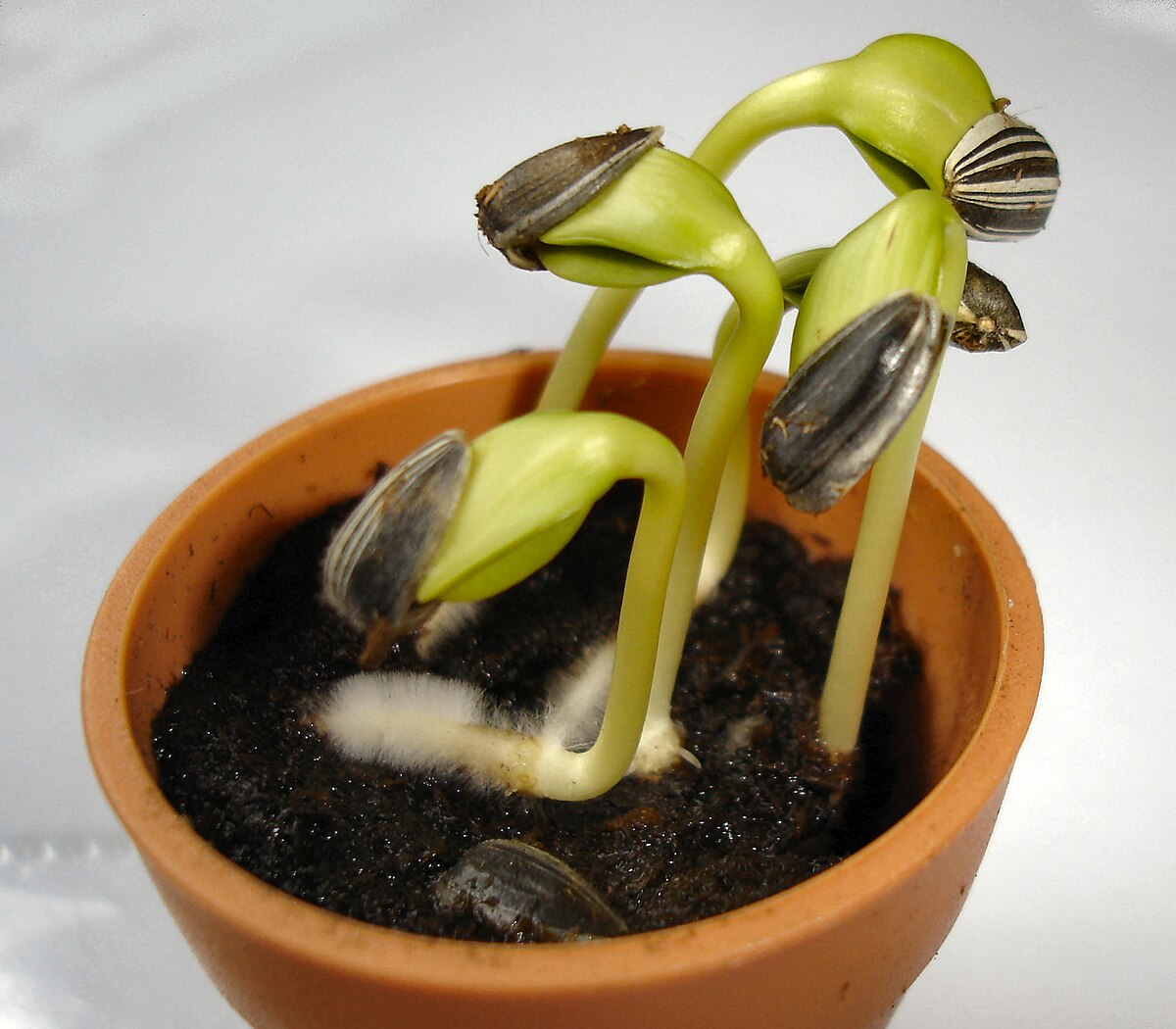
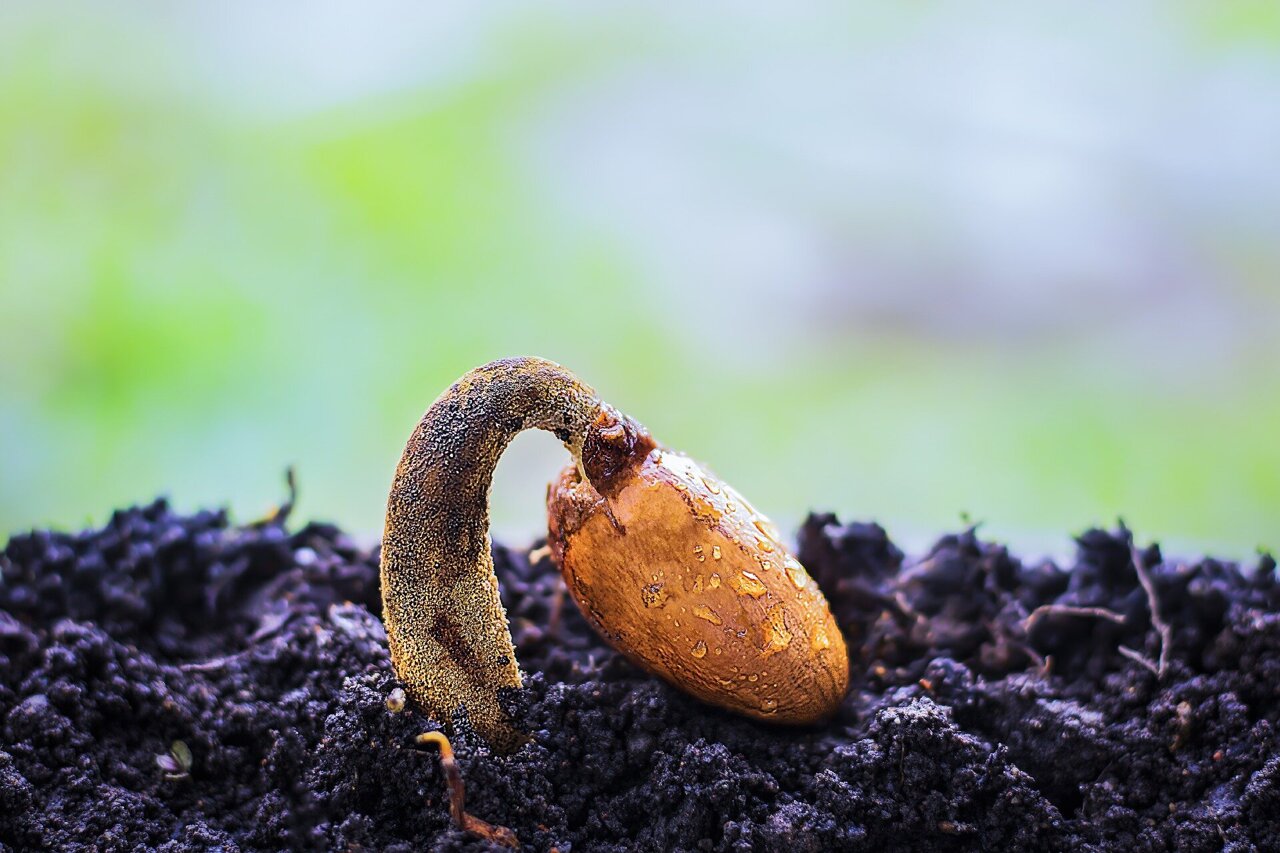


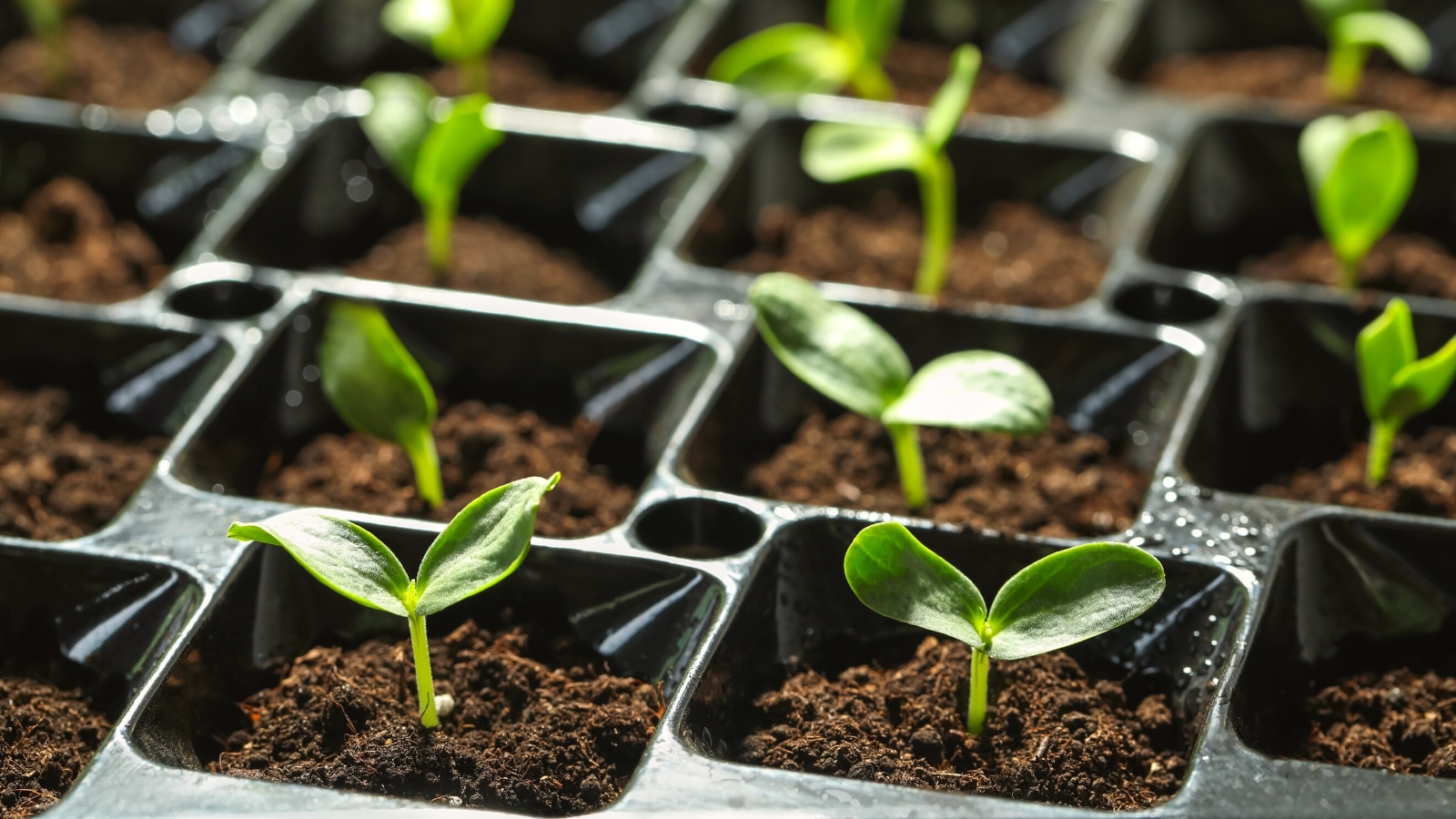
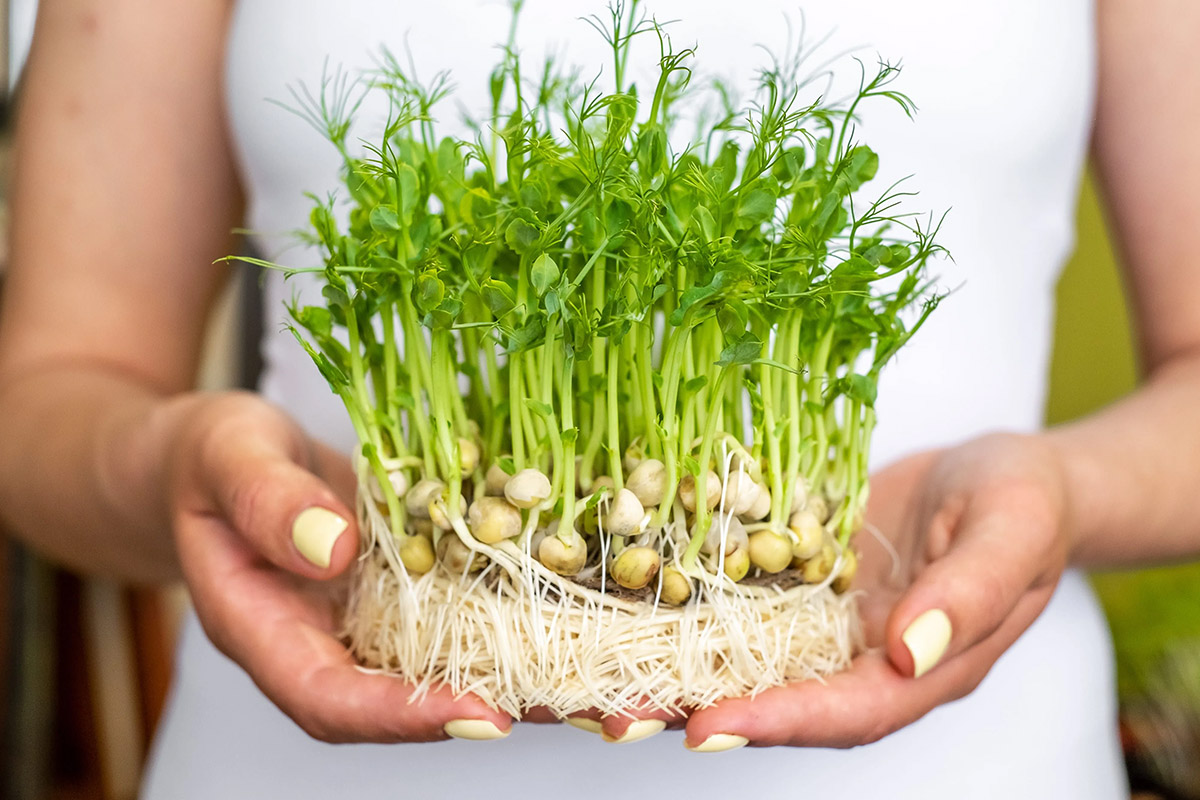
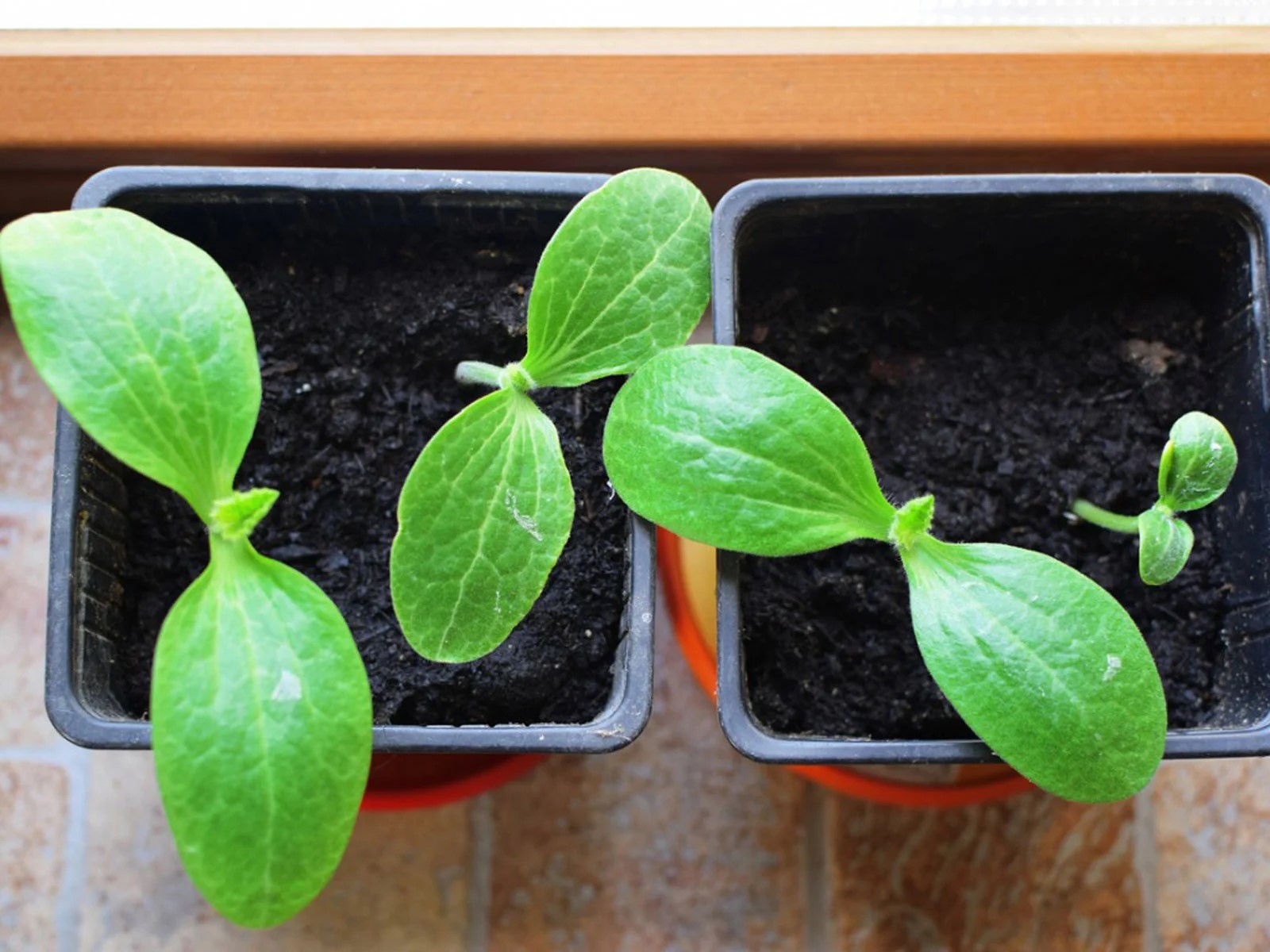
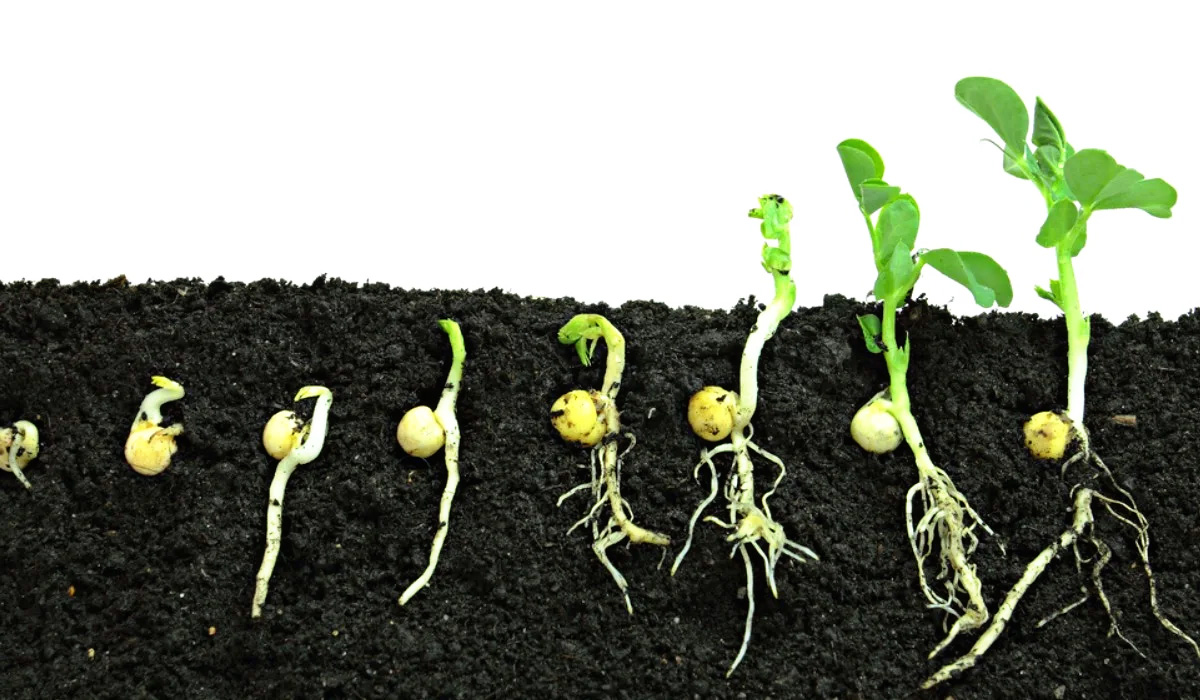
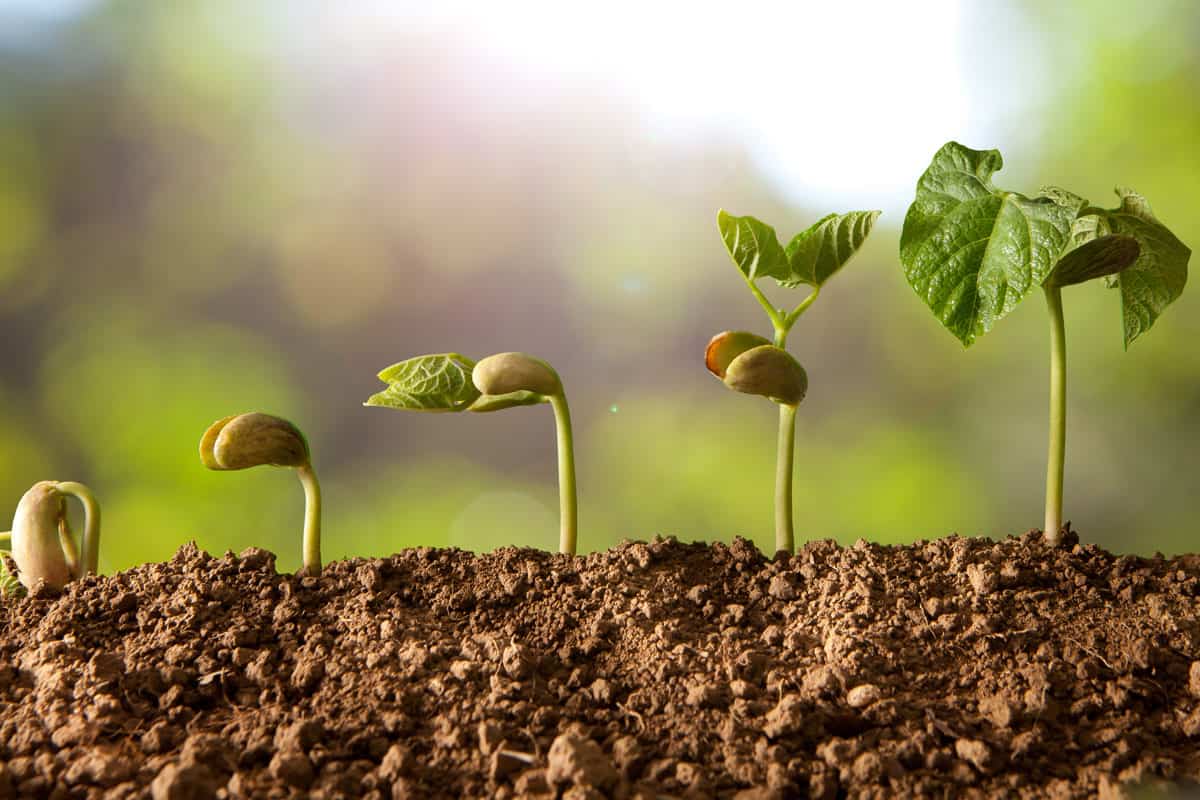
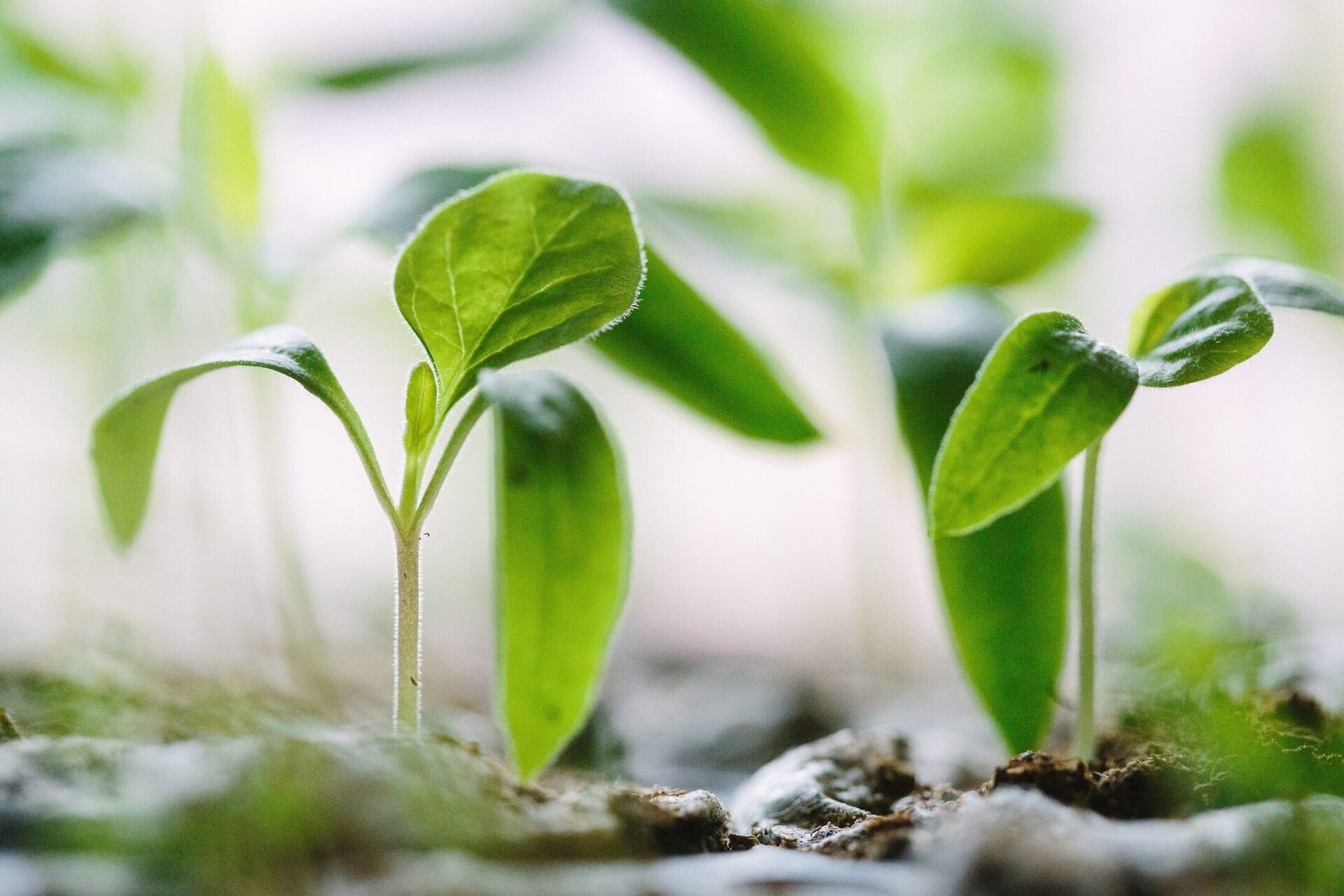

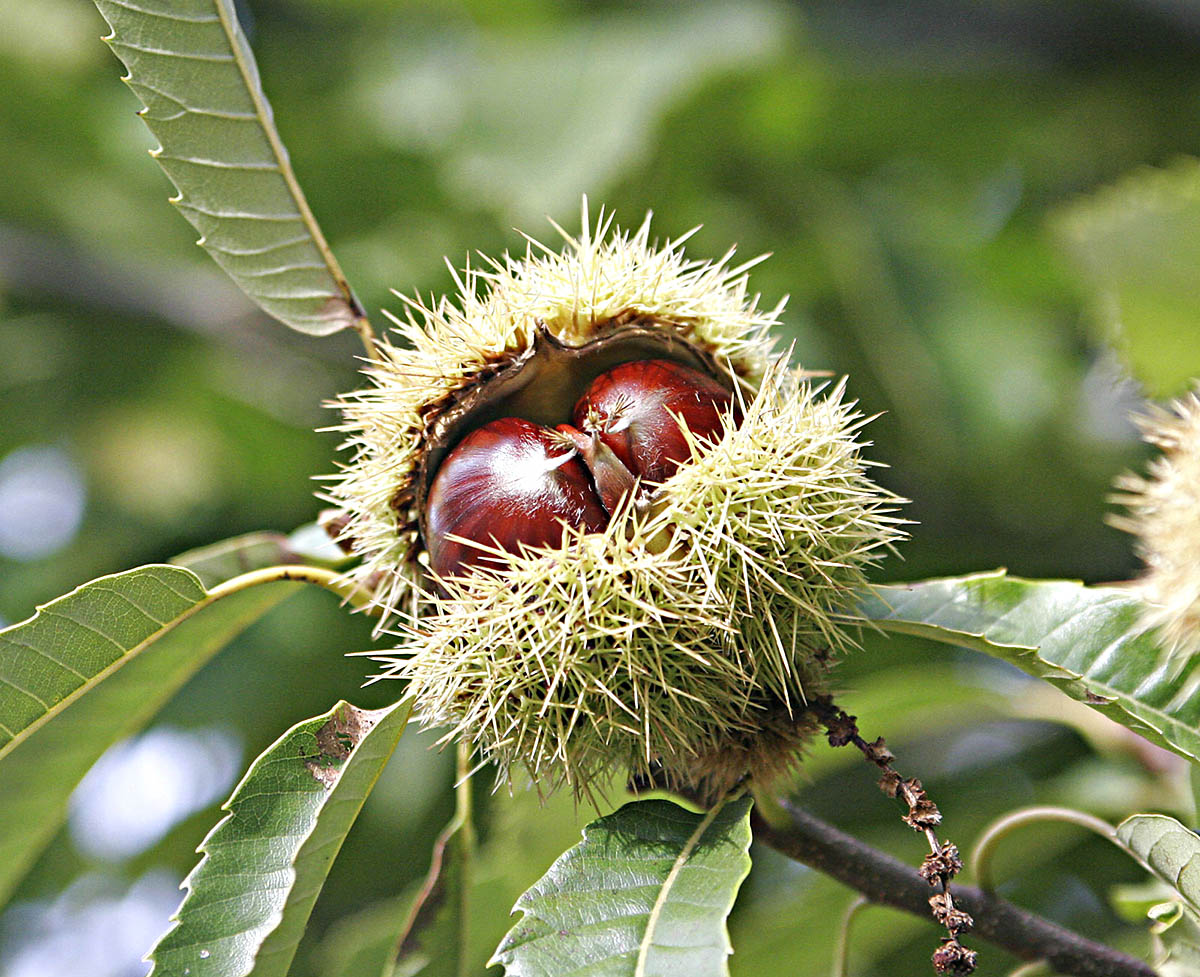
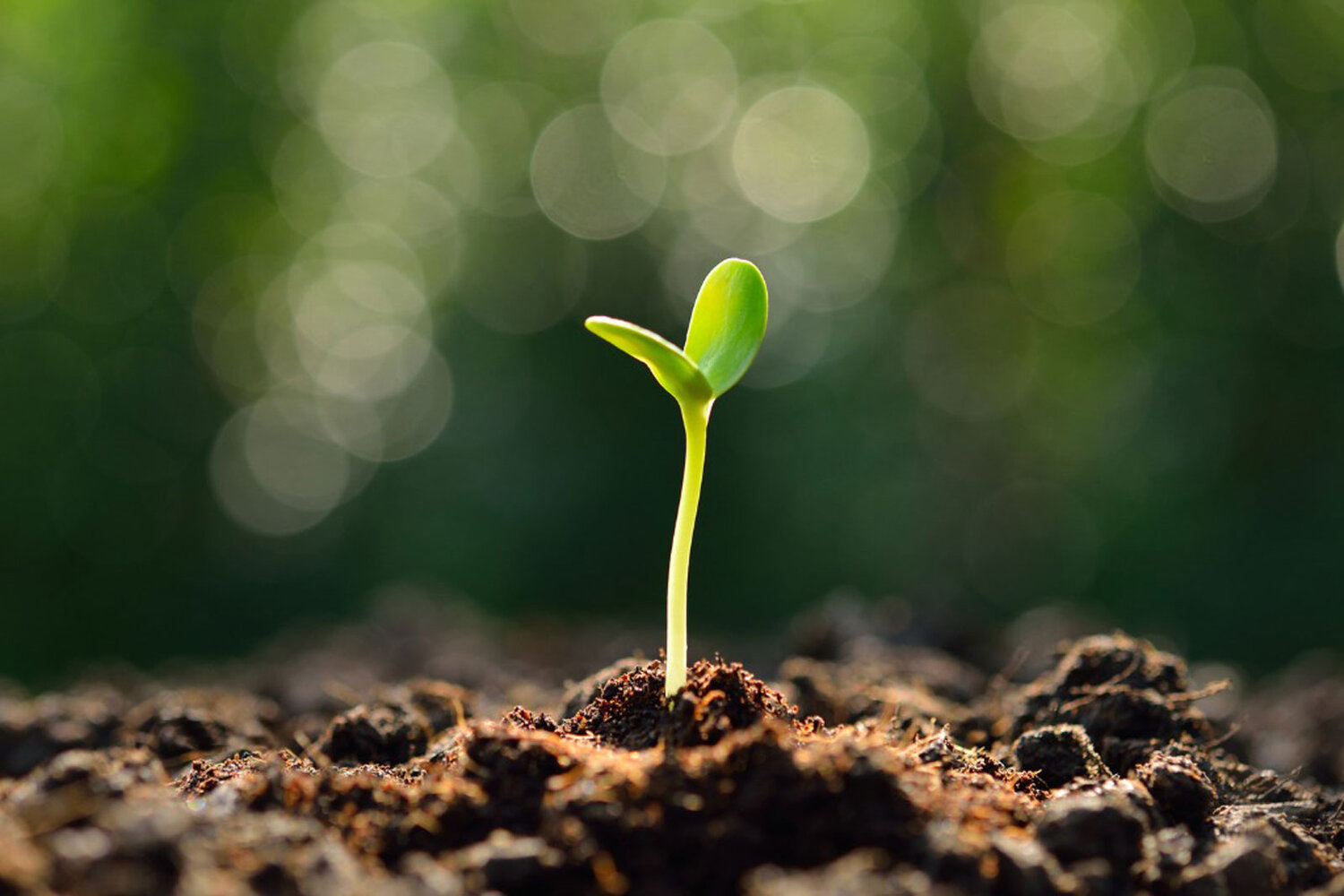
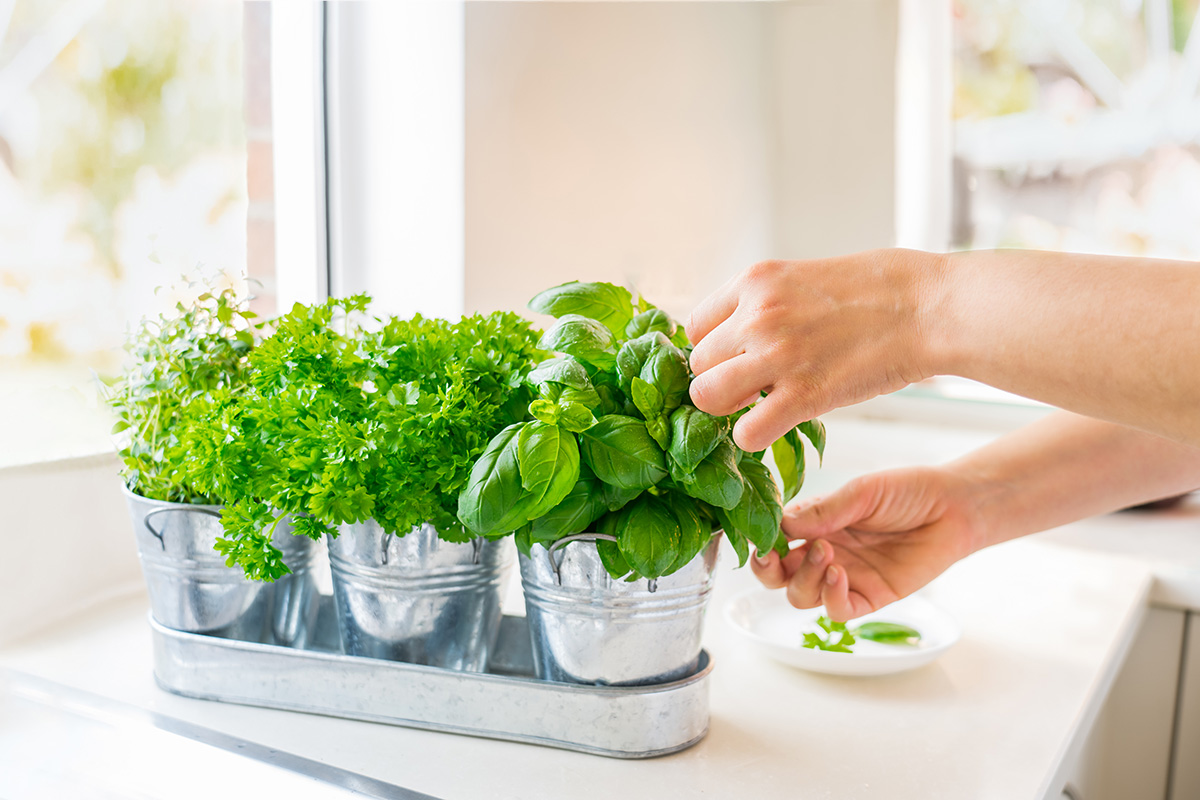

0 thoughts on “Where Does The Plant Get Its Food Once The Seed Has Germinated?”